
Sustainability

Made Real GoodTM
The “REAL Good” badge was developed to identify AE and Aerie products made from more sustainable raw materials, like recycled fibers, or products that were manufactured using more sustainable techniques, such as in a factory that meets expectations for AEO’s Water Leadership Program. REAL Good styles include lots of feel-good, good-for-the-planet materials that have been sustainably produced and/or sourced.
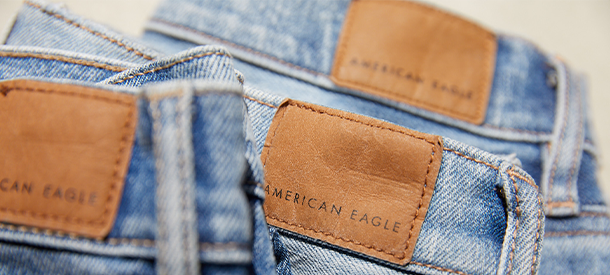
American Eagle’s Real Good Jeans are manufactured in factories and fabric mills that meet our expectations for AEO’s Water Leadership Program, which includes:
• Water reduction and management
• Less wastewater that is without restricted or hazardous chemicals
• Water recycling
For other apparel items, Real Good means that it is made with a majority of materials that are sustainably sourced, including:
Better Cotton: Better Cotton’s mission is to help cotton communities survive and thrive, while protecting and restoring the environment. Choosing cotton products from AEO helps support responsible cotton production through Better Cotton.
Recycled Cotton: Can help turn waste into value, extending the lifespan of fibers which can keep them from ending up in landfills. Choosing recycled cotton reduces the amount of water and chemicals that would otherwise be needed to grow virgin cotton.
Recycled Polyester: Utilizes waste, which promotes recycling streams that can keep polyester out of landfills. Choosing recycled polyester over virgin polyester helps lessen our dependency on chemicals sourced from fossil fuels.
Recycled Nylon: Utilizes waste, which promotes recycling streams that can keep nylon out of landfills. Choosing recycled nylon over virgin nylon helps to reduce our dependency on chemicals sourced from fossil fuels.
Organic Cotton: Uses nature-based solutions to manage pests and build healthy soil, without the use of synthetic pesticides, herbicides, defoliants, fertilizers, or GMO seeds.
Sustainably Sourced Man-Made Cellulosics: Fibers produced from wood pulp. In an effort to protect biodiversity and increase conservation efforts, we partner with the non-profit Canopy to ensure that the wood comes from a sustainably managed forest.
Solution Dying: Adds colorant directly to the synthetic fiber, which reduces color fading and makes it look newer for longer. Solution dying also reduces the amount of water and time required to achieve desired color, compared to traditional methods. Some apparel items may have additional sustainability attributes, including Natural Dyes: Plant-based colorant alternatives that reduce our dependence on synthetic chemicals.
WHAT WE STAND FOR
Doing the right thing, continually innovating and caring about the global community is foundational to AEO’s culture. We pledge to accelerate sustainability improvements across our company.
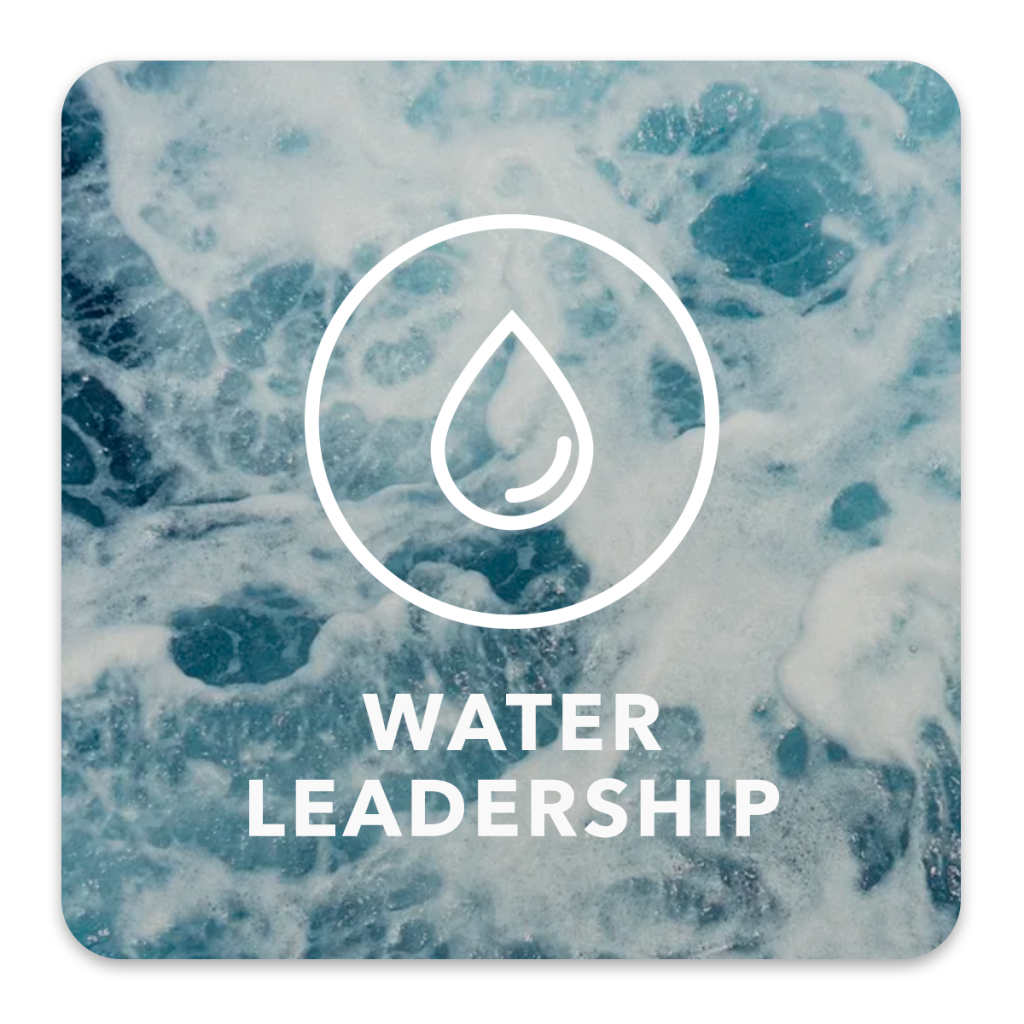
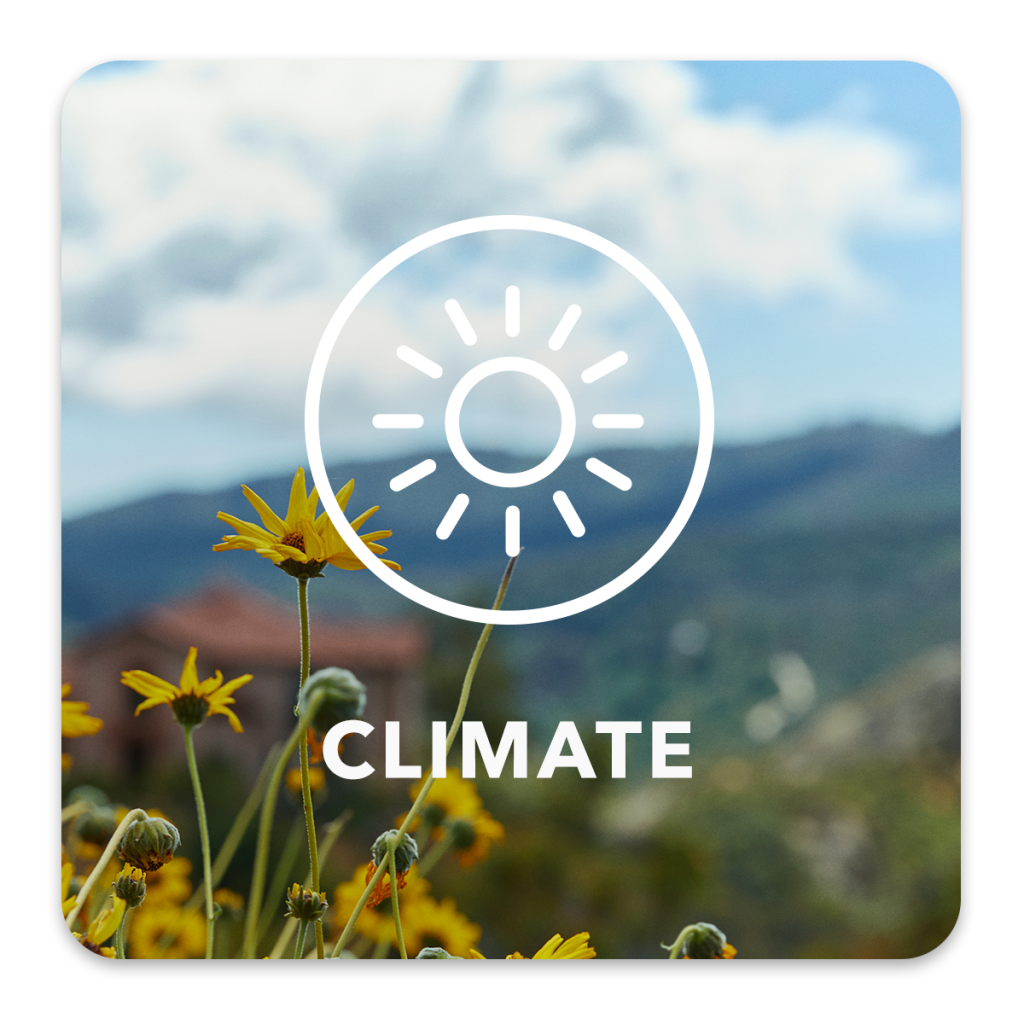
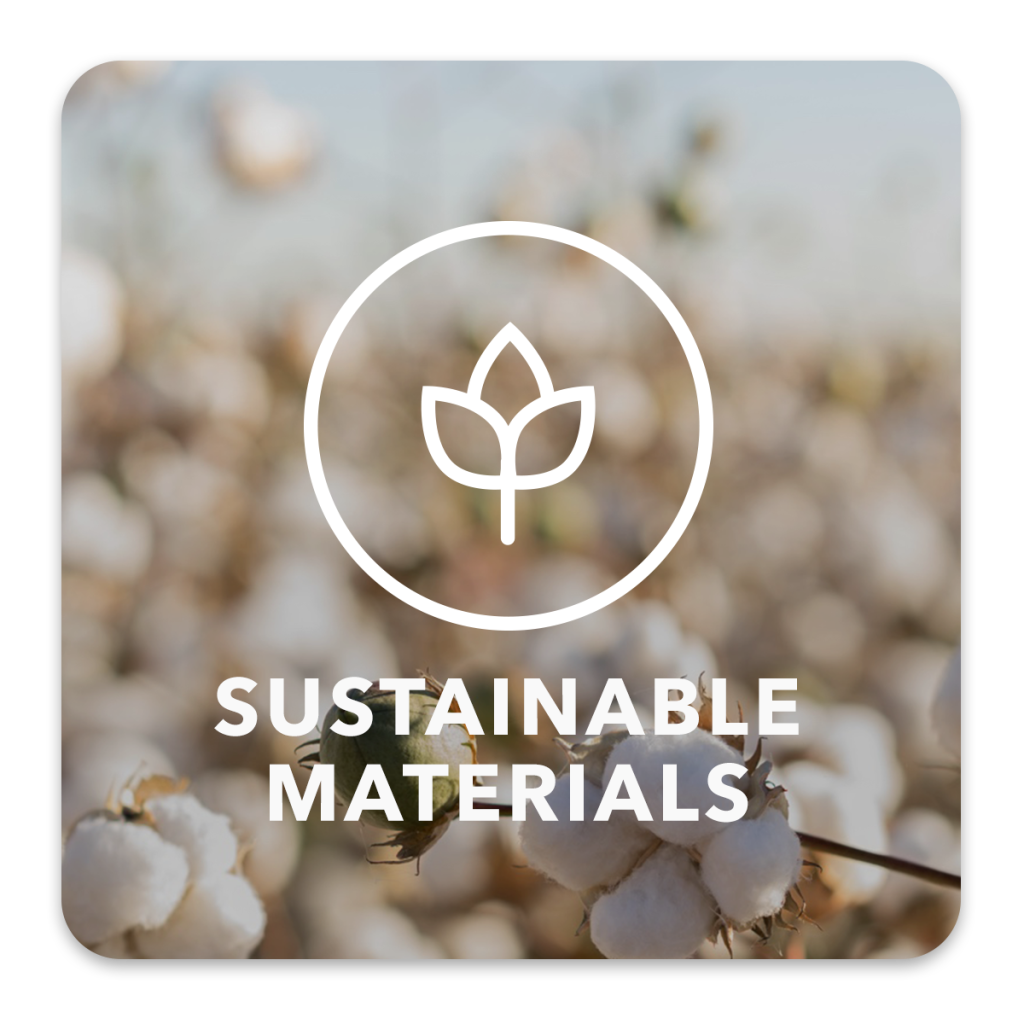
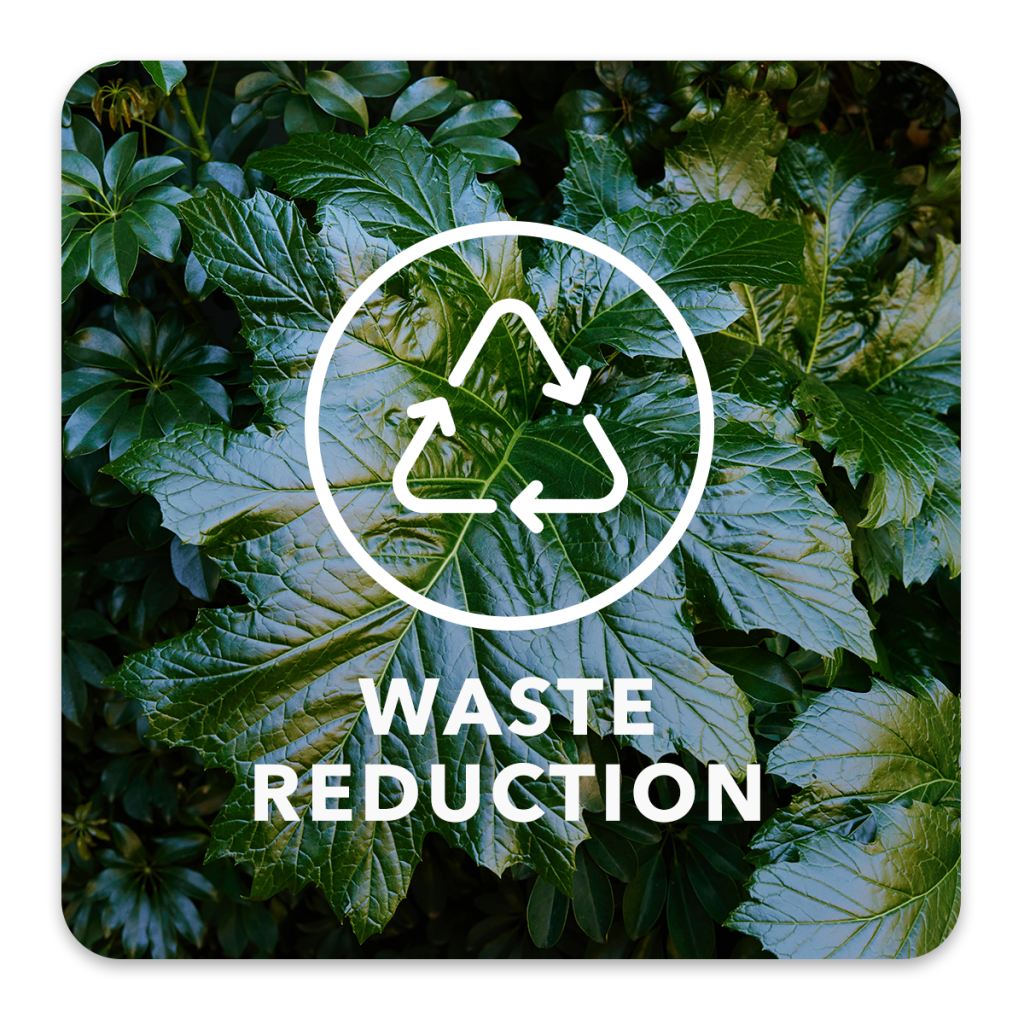
Cascale
In 2016, we joined the Cascale, joining a common industry approach for environmental assessments at factories. We are using the Cascale’s Higg Index suite of tools to help us measure the environmental impacts of factory operations at almost 400 factories, laundries, mills and trims suppliers. We specifically use the water and carbon data to measure our progress to our overall goals. In 2022, AEO collected Facility Environmental Modules (FEM) self-assessments from all eligible Tier 1 factories, mills and subcontracts, and verified submissions from 80% of Tier 1 strategic apparel factories, 87% of subcontracted wet process factories, and 91% of strategic mills and trims suppliers. We plan to continue this collection rate and increase the percentage of verified scores.

RESOURCES
Recent News
Loading…



